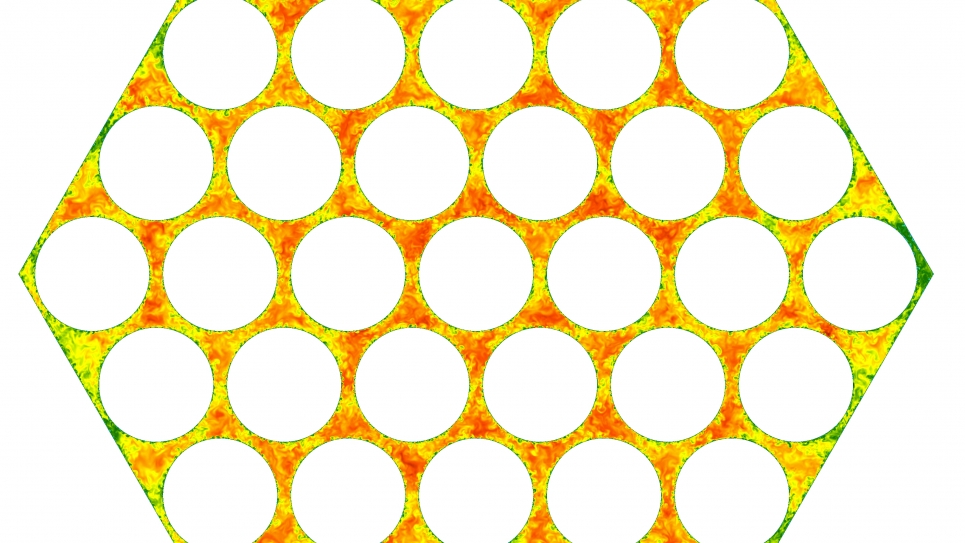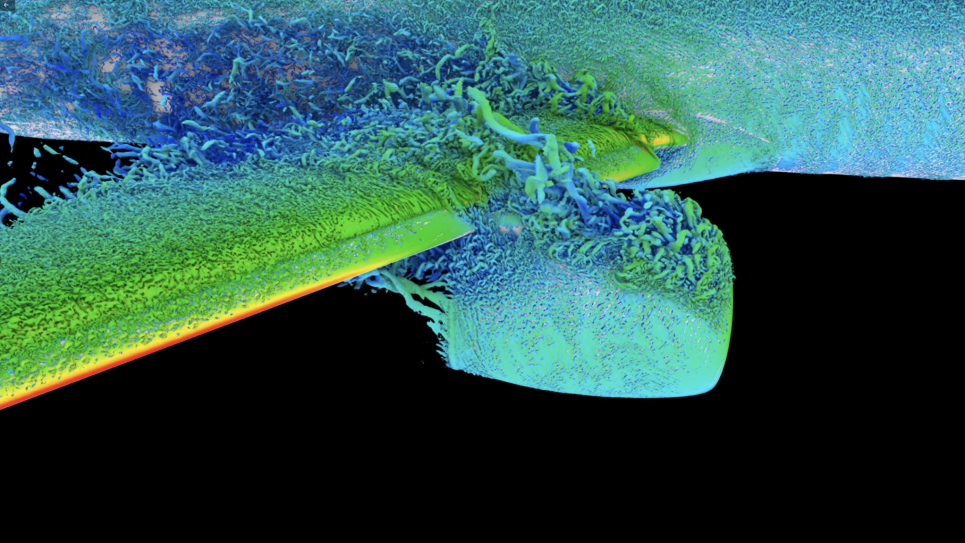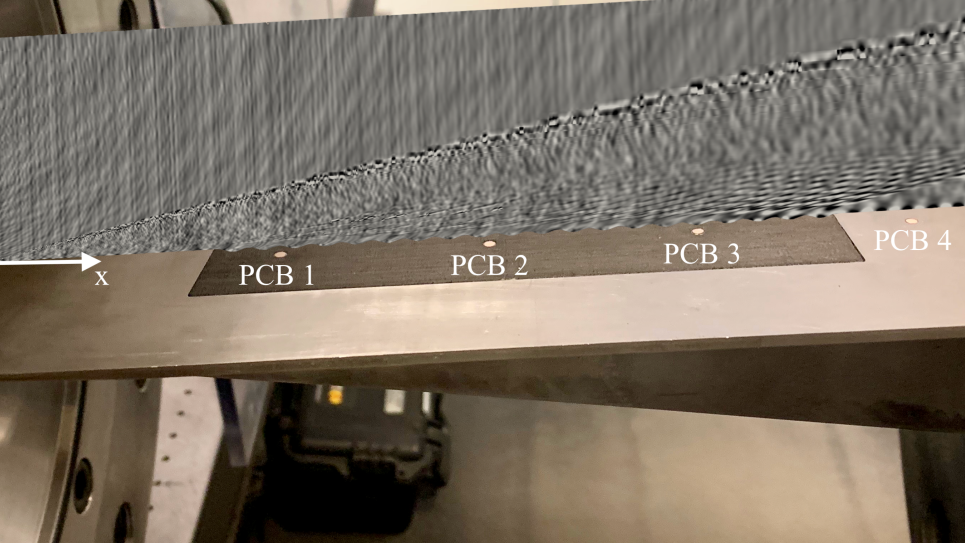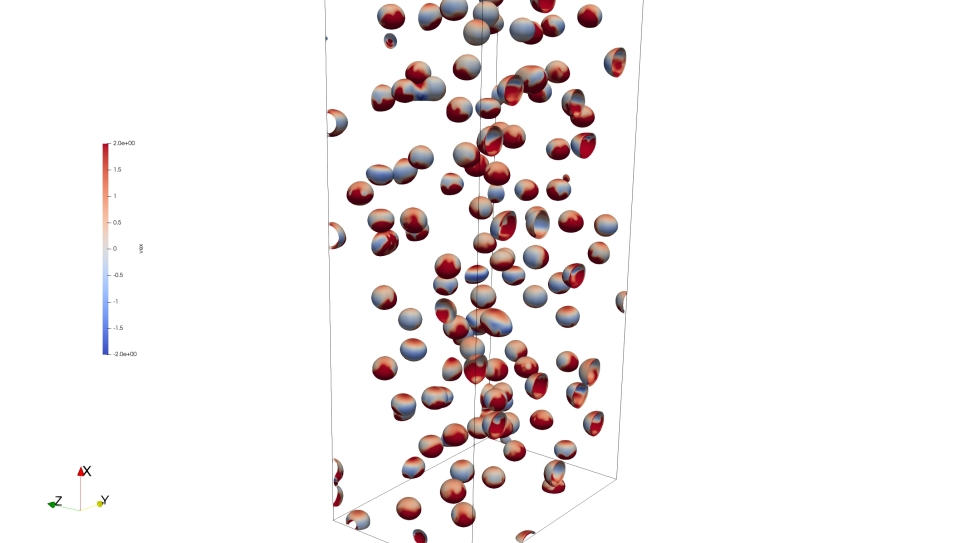
Petascale Thermal-Hydraulic Simulations in support of CESAR
Elia Merzari, with Argonne National Laboratory, received 30 million hours to create extreme-fidelity physics models that will enable new reactor design analysis in existing and next-generation reactors on exascale computing platforms.
The Center for Exascale Simulation for Advanced Reactors (CESAR) aims to develop a coupled, next generation nuclear reactor core simulation tool capable of efficient execution on exascale computing platforms. This center helps fulfill the mission of the Advanced Scientific Computing Research (ASCR) program which is to discover, develop, and deploy computational and networking capabilities to analyze, model, simulate, and predict complex phenomena important to the Department of Energy (DOE). In fact a particular challenge of this program is fulfilling the science potential of emerging computing systems and other novel computing architectures, which will require numerous significant modifications to today's tools and techniques to deliver on the promise of exascale science.
In support of the mission of CESAR, large petascale-level simulations are needed to address the limitations of current methods and address the potential scaling to larger machines. This proposal focuses on the thermal-hydraulic part of CESAR and in particular to the following problems:
1. A high-fidelity simulation using the large eddy simulation (LES) model of the Multi-Application Small Light Water Reactor (MASLWR) experiment, which is a facility in SCALE with the current Nuscale Reactor design. The data and scaling information obtained will provide insight into the challenges exascale simulations will face. This simulation will also help providing useful guidance in the startup analysis of the reactor.
2. A full high fidelity LES simulation of a 37-rod bundle. The core of nuclear reactors is arranged in rod bundles and the coolant flow outside them is complex and still a matter of research. This data will be used to examine in detail rod-bundle flows at a level never achieved before and help determine computational cost in the exascale limit.


